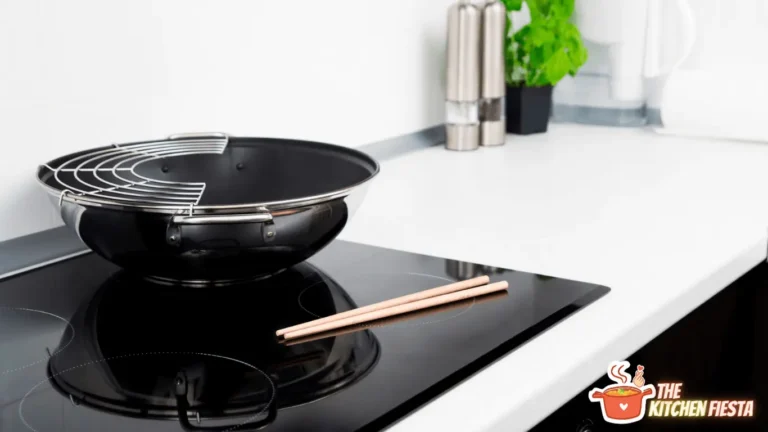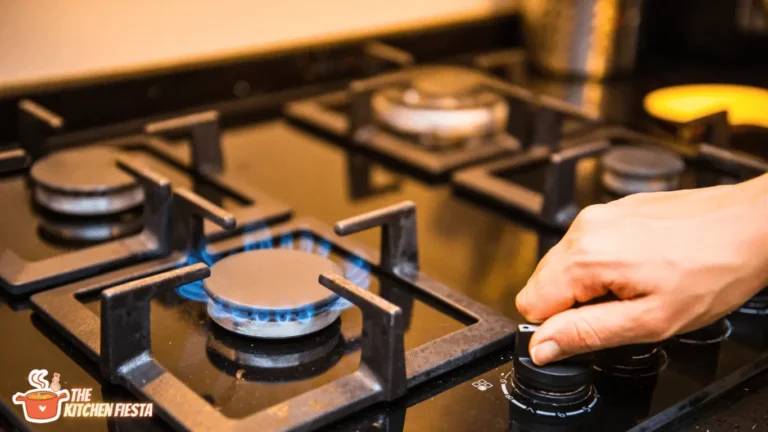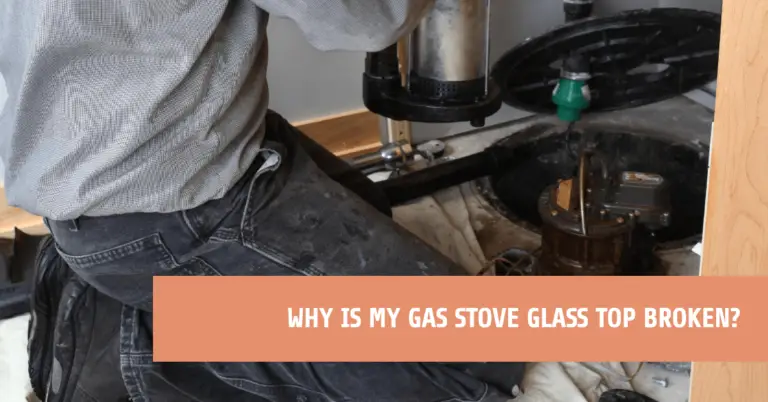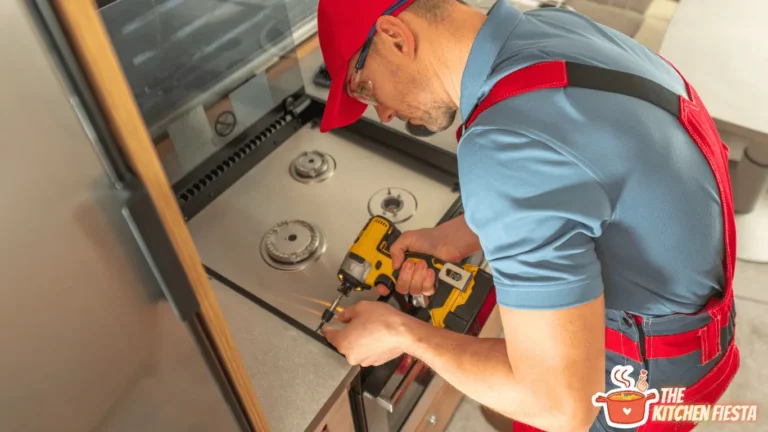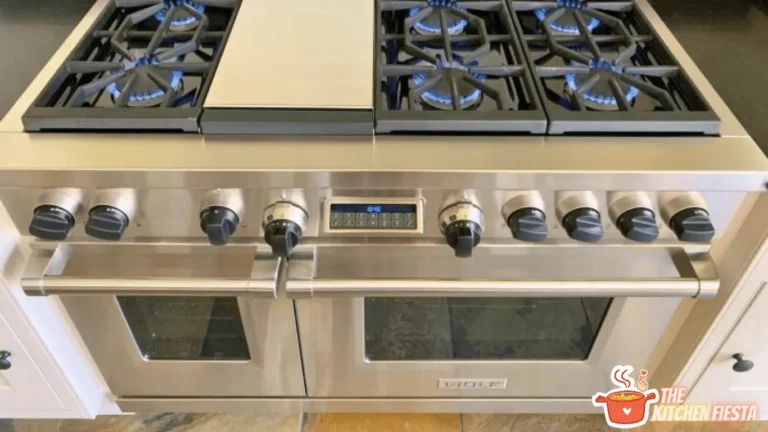Can You Lay a Stove on Its Back? Expert Advice and Safety Tips
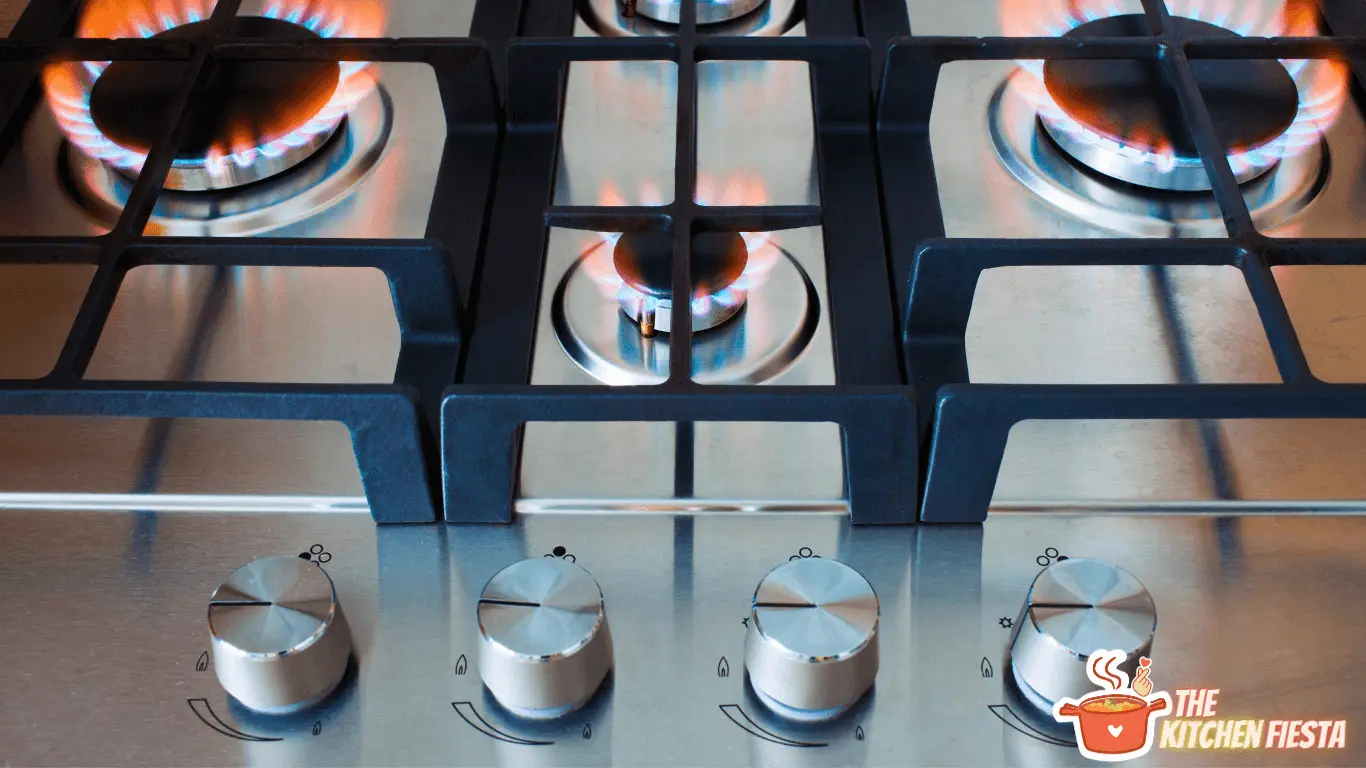
When moving a stove, one of the most common questions people ask is whether or not it is safe to lay it on its back. The answer, unfortunately, is not a simple one. It depends on the type of stove that you have and how it is constructed.
For example, glass-top stoves should never be laid on their backs, fronts, or sides during transport. Doing so can cause the glass surface to shatter, rendering the stove unusable. On the other hand, gas or electric stoves with spiral burners can typically be laid on their backs without any major issues.
However, it is important to note that even stoves that can be laid on their backs may be more susceptible to damage during transport in this position. As a result, it is generally recommended that stoves be transported on their sides instead. In the following article, we will look closer at the different types of stoves and their transport requirements to help you determine the best way to move your appliance safely.
Understanding the Stove Structure
Stoves are essential appliances in every kitchen, and understanding their structure is crucial for efficient use and maintenance. A typical stove consists of several parts, including the control panel, knobs, oven, oven racks, and drip bowls.
The control panel is located at the front of the stove. It contains various buttons, switches, and displays that allow users to control the stove’s functions. The knobs are also located on the control panel and are used to set the temperature and control the burners.
The cooking occurs in the oven and is usually located below the stove’s burners. The oven has several racks that can be adjusted to different heights, allowing users to cook various dishes simultaneously. The oven door is also an essential part of the stove and should be kept clean to ensure proper heat circulation.
Drip bowls are located below the burners and are designed to catch spills or drips from pots and pans. They are removable and should be cleaned regularly to prevent the buildup of grease and grime.
In addition to these essential parts, some stoves may have features such as grills, warming drawers, and self-cleaning options. These features enhance the stove’s functionality and make cooking more convenient.
Risks of Laying a Stove on Its Back
1. Potential Damage
Laying a stove on its back can cause potential damage to the appliance. Not securing the stove properly during transportation can lead to scratches, dents, and other cosmetic damages. Some stoves come with glass tops and are more vulnerable to damage if laid on their back or sides. The glass may shatter or crack, rendering the stove unusable.
Furthermore, laying a stove on its back can cause damage to the internal components of the appliance. Stoves have several parts, including grates, internal racks, oven doors, coils, broiler pans, burner covers, valve knobs, etc. If these parts are not removed or secured properly, they can shift during transportation and cause damage to the stove.
2. Safety Hazards
Transporting a stove on its back can also pose safety hazards. If the stove is not secured properly, it can shift during transportation and fall, causing injury or damage to other items in the moving vehicle. Additionally, gas stoves can pose a risk if not handled properly during transportation. If the gas line is not disconnected, it can cause a gas leak, which can be dangerous if not addressed immediately.
Taking precautions when transporting a stove is essential to prevent any potential damage or safety hazards. Hiring a professional moving company specializing in moving appliances is recommended. They have the expertise and equipment necessary to move stoves safely and efficiently. If you decide to move the stove yourself, follow the manufacturer’s instructions and take the necessary precautions to ensure a safe and damage-free move.
Precautions Before Laying a Stove on Its Back
Before laying a stove on its back, there are a few precautions to ensure the appliance’s safety and those handling it. This section will discuss the two main precautions: disconnecting power and securing loose parts.
1. Disconnecting Power
Before laying a stove on its back, it is essential to disconnect the power supply. This prevents any electrical hazards and ensures the safety of the person handling the appliance. To disconnect the power, follow these steps:
- Locate the power cord and unplug it from the outlet.
- If the stove is hardwired to the electrical supply, turn off the circuit breaker or remove the fuse that supplies power to the stove.
- If the stove is gas-powered, turn off the gas supply valve.
2. Securing Loose Parts
Laying a stove on its back can cause damage to the appliance if not done correctly. It is crucial to secure any loose parts before laying the stove on its back. Loose parts include grates, internal racks, oven doors, coils, broiler pans, burner covers, valve knobs, etc. To secure loose parts, follow these steps:
- Remove any loose parts from the stove.
- Pack the loose parts separately and label them to ensure they are recovered during the move.
- If possible, secure the loose parts of the stove using tape or other fastening materials.
- If the stove has a glass top, it should be protected during the move. Place a piece of cardboard or other protective material over the glass top to prevent damage.
By taking these precautions, the stove can be safely laid on its back without causing any damage to the appliance or the person handling it.
Proper Techniques to Lay a Stove on Its Back
When moving a stove, it may be necessary to lay it on its back. This task can be tricky, requiring proper techniques to avoid damaging the stove. This section will discuss the appropriate equipment and the proper lifting techniques to help you lay a stove on its back safely.
1. Using Appropriate Equipment
Before laying a stove on its back, it is important to use the appropriate equipment to protect the stove and prevent any damage. Here are some tips to keep in mind:
- Use a padded surface: To prevent damage to the stove, it is important to use a padded surface when laying it on its back. A blanket or towel can be used to create a cushioned surface.
- Wrap cords and hoses: Make sure to wrap any cords or hoses to prevent connection damage securely.
- Use tie-downs: If moving the stove on a flatbed, tie-downs should be used to secure the stove in place. Durable ratchet tie-down straps can be found on Amazon.
2. Proper Lifting Techniques
Lifting a stove can be difficult and requires proper techniques to avoid injury. Here are some tips to keep in mind:
- Use a dolly: To move the stove, a dolly can make the process easier. Make sure to use a dolly that can handle the weight of the stove.
- Lift with the legs: When lifting the stove, it is important to use the legs to avoid straining the back. Keep the back straight and lift with the legs.
- Use a team lift: If the stove is particularly heavy, it is best to use a team lift with another person to avoid injury.
By following these proper techniques, you can safely lay a stove on its back without causing any damage to the stove or risking injury.
Alternatives to Laying a Stove on Its Back
Moving a stove can be daunting, especially if you’re unsure of the best way to do it. While laying a stove on its back may seem like a convenient option, it can be risky and may cause damage to the appliance. Fortunately, there are alternatives to consider.
1. Using a Dolly
One option is to use a dolly. A dolly is a hand truck with two wheels and a platform that can be used to transport heavy items. When using a dolly to move a stove, it’s important to ensure it is securely strapped to the platform to prevent it from falling off during transport.
To use a dolly, follow these steps:
- Place the dolly next to the stove.
- Tilt the stove back and slide the dolly platform underneath it.
- Securely strap the stove to the platform of the dolly using ratchet straps or bungee cords.
- Carefully wheel the dolly and stove to its destination.
Using a dolly can make moving a stove much easier and safer than laying it on its back.
2. Professional Help
Another option is to hire professional movers. Professional movers have the experience and equipment necessary to move heavy appliances like stoves safely and efficiently. They can also provide insurance coverage if any damage occurs during the move.
When hiring professional movers, it’s important to do your research and choose a reputable company. Look for reviews and ratings online, and ask for recommendations from friends and family. Be sure to get a written estimate and ask about any additional fees or charges.
Conclusion
In conclusion, whether a stove can be laid on its back depends on its type. Electric stoves can be safely transported on their backs as it is the recommended installation method. However, gas stoves should not be laid on their backs to prevent potential damage. Glass top stoves must always be transported upright to avoid shattering the delicate glass surface.
Transporting a stove on its sides is generally the safest option, and if it needs to be transported on its back, securing it properly is essential to prevent movement during transportation. Being cautious and following the manufacturer’s instructions or erring on the side of safety ensures a smooth and damage-free stove transportation experience.
Frequently Asked Questions
Can a stove be laid down for transport?
It is not recommended to lay a stove on its back during transport as it can cause damage to the appliance. Instead, it is best to lay the stove on its left or right side to prevent any possible damage. This is especially important for glass-top stoves, as laying them on their back, front, or sides can shatter the top of the appliance.
How do you transport a stove?
To transport a stove, hiring professional movers with experience in moving appliances is recommended. They will have the necessary equipment and knowledge to safely move the stove without causing any damage. If you decide to move the stove, secure it properly with straps or ropes to prevent it from shifting during transport.
How do you move an electric stove to clean behind it?
To move an electric stove to clean behind it, first, unplug the appliance from the wall. Then, carefully pull the stove away from the wall, ensuring not to damage the power cord or other components. Once you have cleaned behind the stove, push it back into place, ensuring it is level and secure.
How do you push a stove back in place?
When pushing a stove back into place, it is important to be gentle to avoid damaging the appliance or the surrounding area. First, ensure the stove is level and aligned with the countertop or wall. Then, slowly push the stove back into place, ensuring not to scratch the floor or damage the power cord.
Will a stove fit in an SUV?
The SUV and stove size will determine if the appliance will fit. It is recommended to measure the stove’s dimensions and the SUV’s cargo area to ensure a proper fit. Also, secure the stove properly to prevent it from shifting during transport.
Is it safe to move a gas stove?
Moving a gas stove can be dangerous if not done properly. Hiring professional movers with experience in moving gas appliances is recommended. They will have the necessary equipment and knowledge to safely disconnect the gas line and move the stove without causing any damage or gas leaks. If you decide to move the stove yourself, turn off the gas supply and properly secure the stove to prevent any gas leaks or damages.

